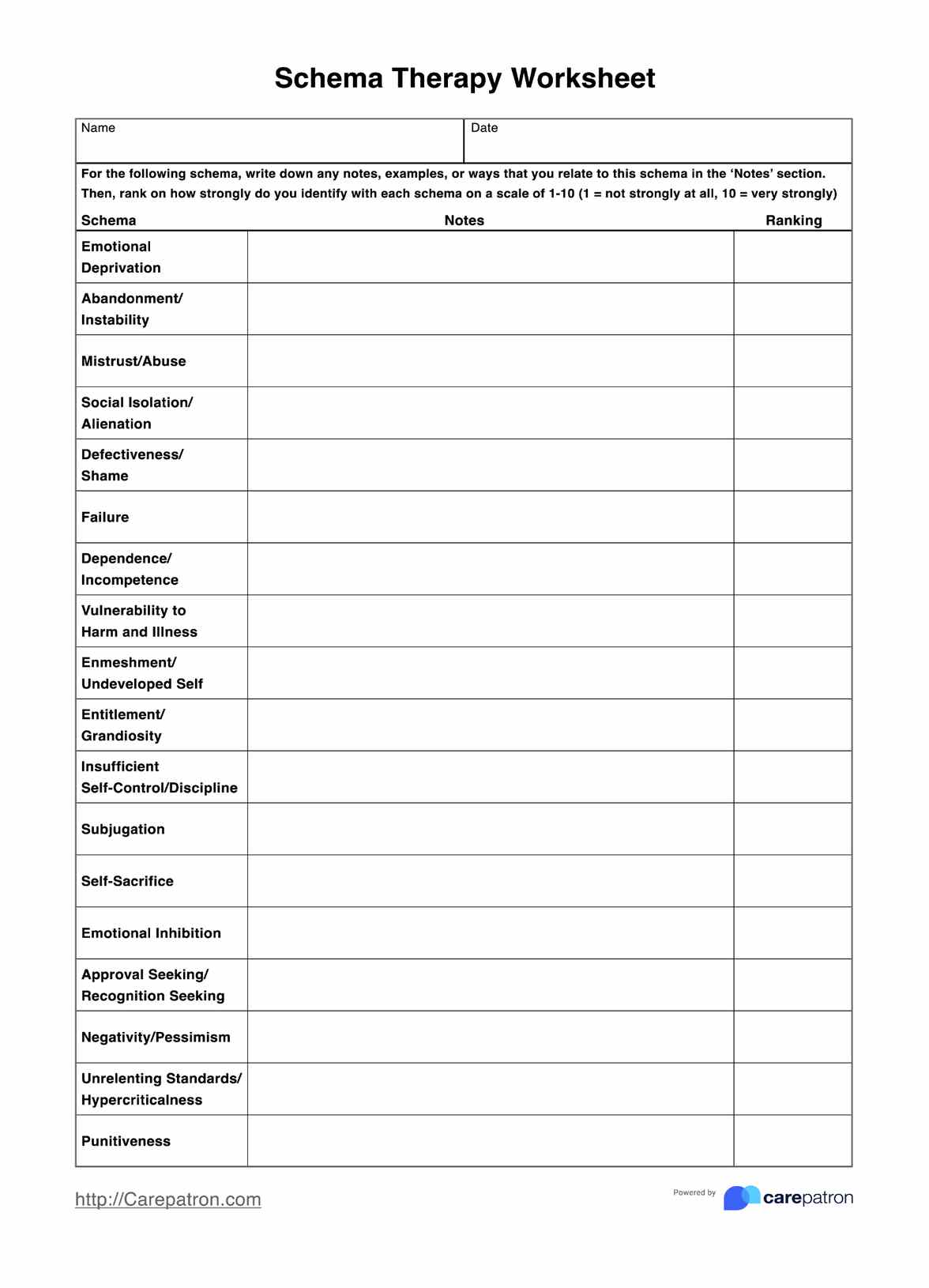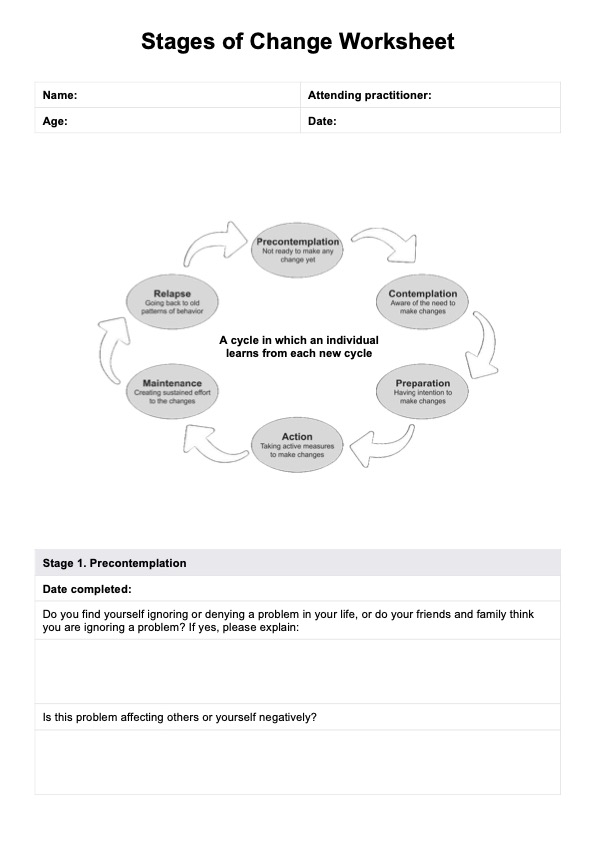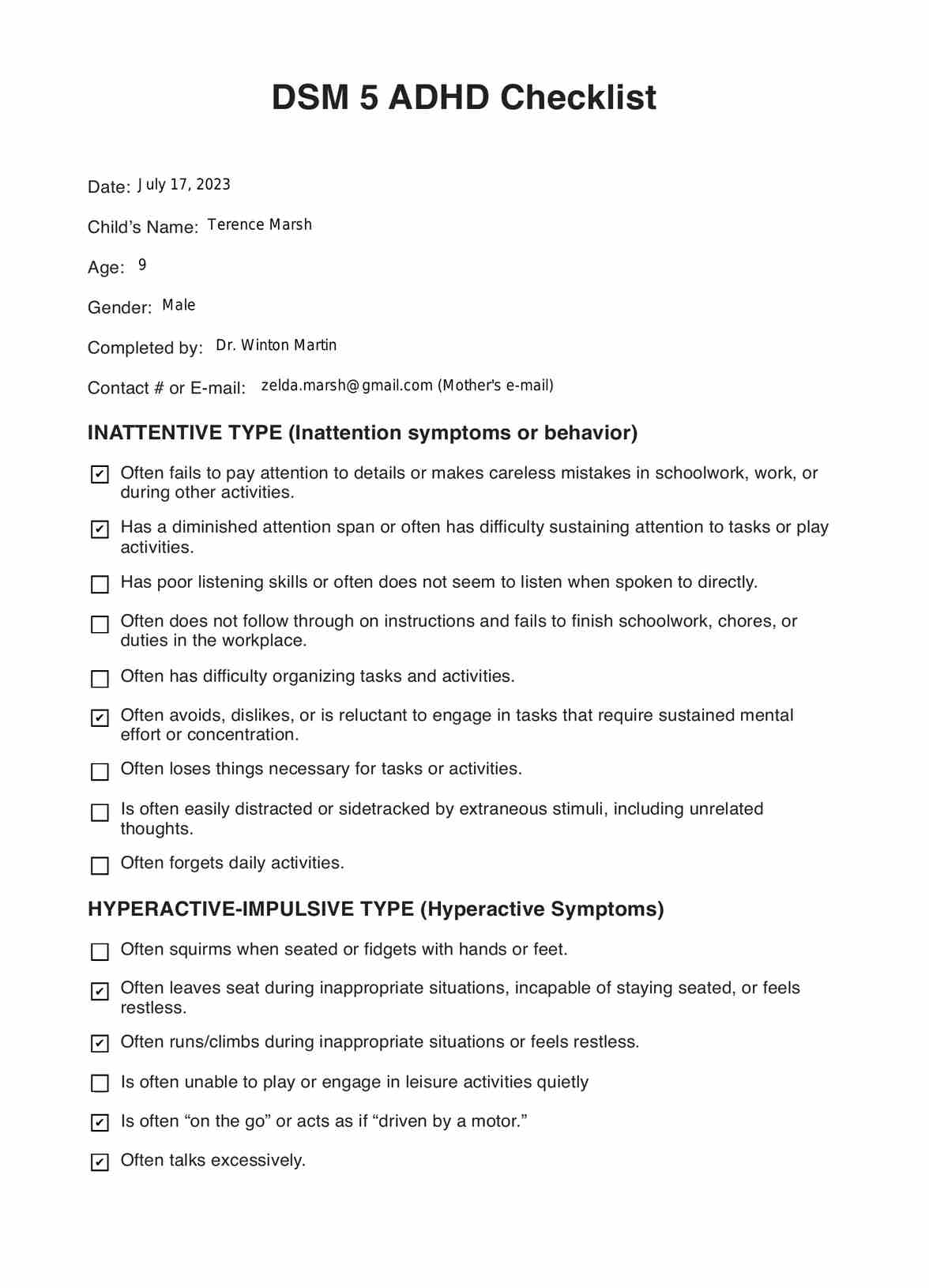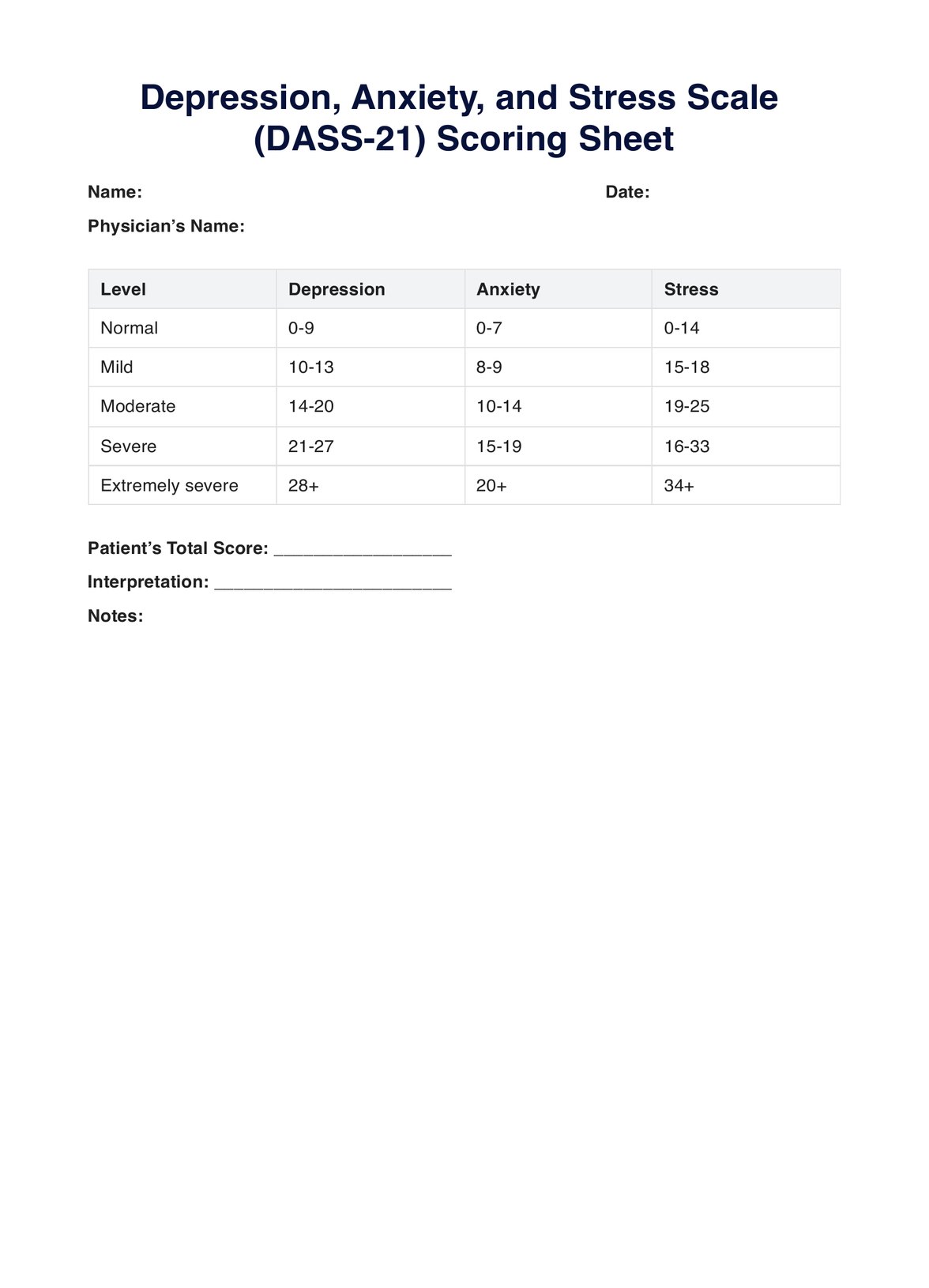Coping Skills Worksheets
Help your clients manage stress, anxiety, or difficult emotions by incorporating this Coping Skill Worksheet into your sessions. Get it for free!


What is a Coping Skills Worksheet?
A Coping Skill Worksheet is a helpful tool for dealing with uncomfortable emotions and situations positively and effectively. It usually includes a list of effective coping strategies for dealing with stress, anxiety, depression, and negative thoughts. These strategies may include deep breathing, mindfulness, physical exercise, journaling, or talking to a trusted friend or family member for a balanced social support system.
One of the most significant advantages of using worksheets on coping skills is that they provide a systematic approach to developing coping techniques. They can help people reflect on how they currently deal with stress and develop new ways to manage it. This is especially beneficial for people who struggle to manage their emotions healthily or are overwhelmed by so much pressure.
Furthermore, coping strategies worksheets can be used in various settings, including professional counseling, self-improvement, and introspection. They provide a helpful and supportive environment where individuals can learn more about positive coping strategies, strengthen their resilience, and enhance their stress management. With coping skills training, people will be better equipped to handle challenging circumstances and boost their well-being.
Coping Skills Worksheets Template
Coping Skills Worksheets Example
How to use this Coping Skills Worksheet
While there is no one-size-fits-all solution to coping with stress, anxiety, and complicated emotions, these coping worksheets can help clients develop healthy coping mechanisms that can be a powerful tool for dealing with these challenges. Here is a step-by-step guide to using this worksheet:
Step 1: Get the worksheet
Click "Use template" on this page to open the Coping Skills Worksheet in the Carepatron app's template editor. This editor lets you customize the template before printing or filling it out. You can also get a ready-to-use PDF by clicking "Download."
Step 2: Identify the difficult situation
After the client writes their names and the date of the section, they must write about the difficult section they are struggling with. This could be a specific event or a more general emotion like anxiety or depression.
Step 3: Select appropriate coping strategies
Instruct your clients to use the coping strategies listed on the worksheet. In this section, they can choose techniques from the categories they believe will help them deal with their difficult situation and list them in the "selected coping strategies" section. Be sure to support them by offering tips, such as choosing strategies they haven't tried before or used in a long time.
Step 4: Try out the selected coping strategies and evaluate their effectiveness
Encourage your clients to try out their preferred coping mechanisms. Give them a few minutes to try each and see how they like it. Then, allow them to reflect on how well (or poorly) a coping strategy worked for them after they tried it and give them time to write down their findings. It is also important to remind your clients that different situations may require different coping strategies.
Step 5: Revise their coping skills list
Your clients' coping strategies may become less effective over time, or they may discover new ones that work better. In this case, instruct them to revise their list of coping strategies as needed to reflect their changing needs and experiences.
Who can use these printable Coping Skills Worksheets (PDF)?
Our printable Coping Skills Worksheet, which comes with a coping skills list, is a great resource for professionals working with people who are stressed, anxious, depressed, or experiencing other difficult cognitions or situations. Here are some people who might benefit from this worksheet:
- Mental health professionals: This includes psychologists, counselors, and therapists who work with individuals to manage their mental health and well-being. These worksheets can be used in therapy sessions to help clients increase self-esteem and develop healthy coping strategies, such as engaging in physical activity and practicing mindfulness.
- Healthcare providers: Healthcare providers, such as doctors, nurses, and social workers, may use this worksheet to help patients manage stress, negative feelings, and difficult emotions associated with illness or chronic conditions.
- Educators: Educators, including teachers and school counselors, may use the coping strategies worksheets to help students improve their social skills and manage the stress and anxiety that can come with academic pressures.
- Workplace wellness programs: Employers or workplace wellness programs may use these worksheets to help employees maintain their mental health in a high-pressure work environment or stressful situations through mindful strategies.
- Life coaches: Life coaches may use these worksheets in their coaching sessions to help clients develop healthy coping mechanisms and improve their overall well-being.
Overall, professionals working with individuals who may benefit from developing healthy coping mechanisms and a more positive attitude can use a Coping Skills Worksheet to support their clients or patients.
Benefits of using these worksheets
Many therapists have used our printable Coping Skills Worksheet to assist their clients in developing healthy coping mechanisms and improving their emotional well-being. Other benefits of using our printable worksheet include the following:
It offers a structured approach
The worksheet provides a structured approach to developing coping skills. This can be particularly helpful for therapists working with clients who may feel overwhelmed or struggle to manage their emotions healthily. By providing a clear framework for exploring coping strategies, therapists can help their clients make progress in a more manageable way. Ultimately, the client can have more confidence in future sessions and their mental well-being.
It caters to clients' unique situations
The worksheet can be tailored to each client's needs and goals. Therapists can use the worksheet to identify the most effective coping strategies for each client's unique situation and help them develop a personalized coping skills plan.
It is a time-saving tool
The worksheet can be used in individual or group therapy sessions and tailored to different clients and therapeutic approaches. This can save therapists time when preparing therapy materials and scheduling sessions.
Commonly asked questions
Our free Coping Skills Worksheet is available on Carepatron's templates page for any professional who wants to assist clients in developing robust coping mechanisms. Remember that this worksheet is just one of many resources available to you, and there are many more that you can use for practice.
The effectiveness of the Coping Skills Worksheet will depend on the individual using them and their unique needs and circumstances. However, many individuals find that using worksheets can be a helpful tool for exploring and developing healthy coping skills.
Coping skills empower clients by helping them manage stress effectively and improve emotional intelligence. By practicing relaxation techniques, such as deep breathing or meditation, clients can regulate their emotions and reduce anxiety. Developing emotional intelligence allows clients to understand and healthily respond to their feelings, leading to better decision-making. Additionally, strong coping skills enhance personal relationships by improving communication and conflict resolution, fostering deeper connections with others.


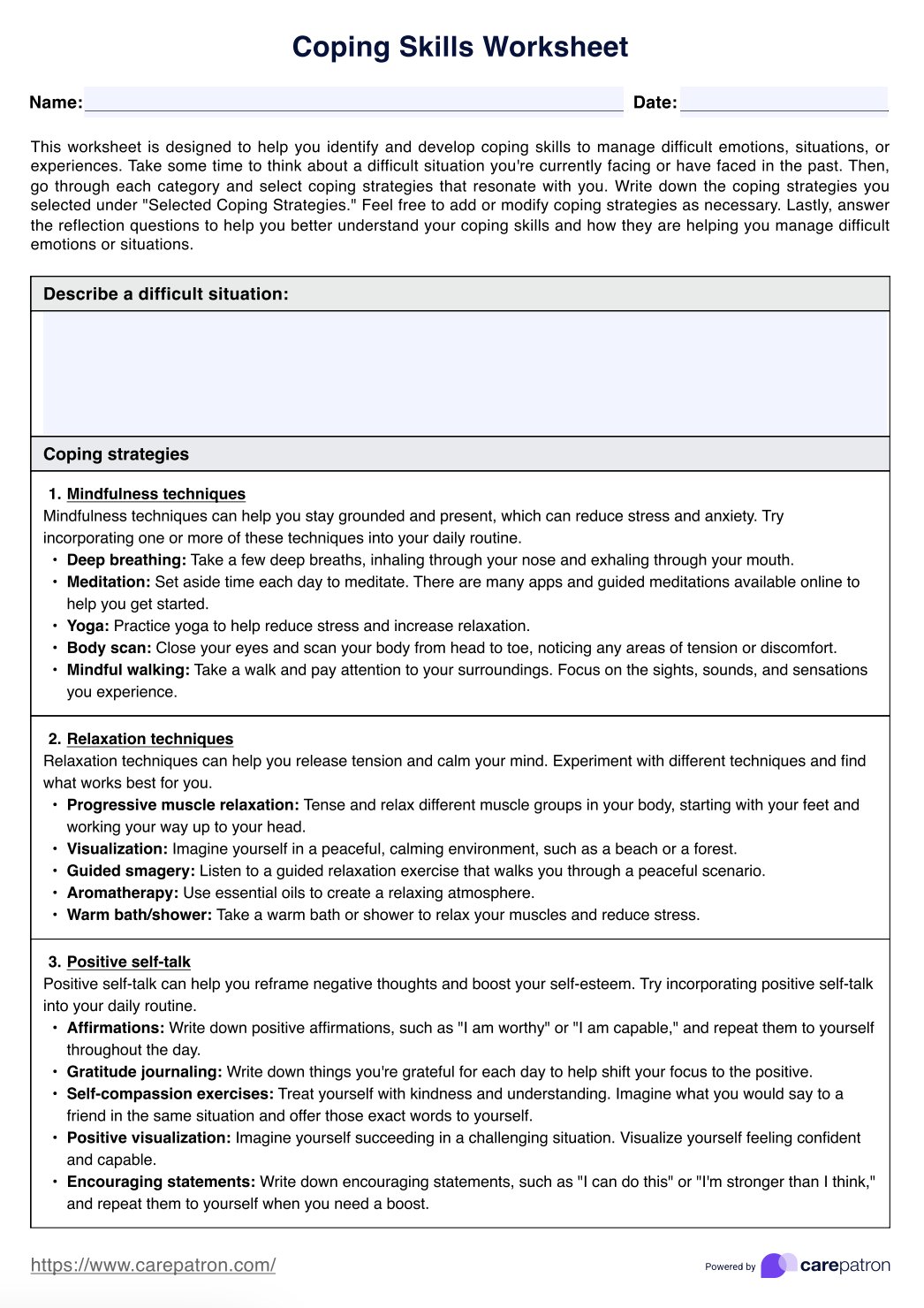
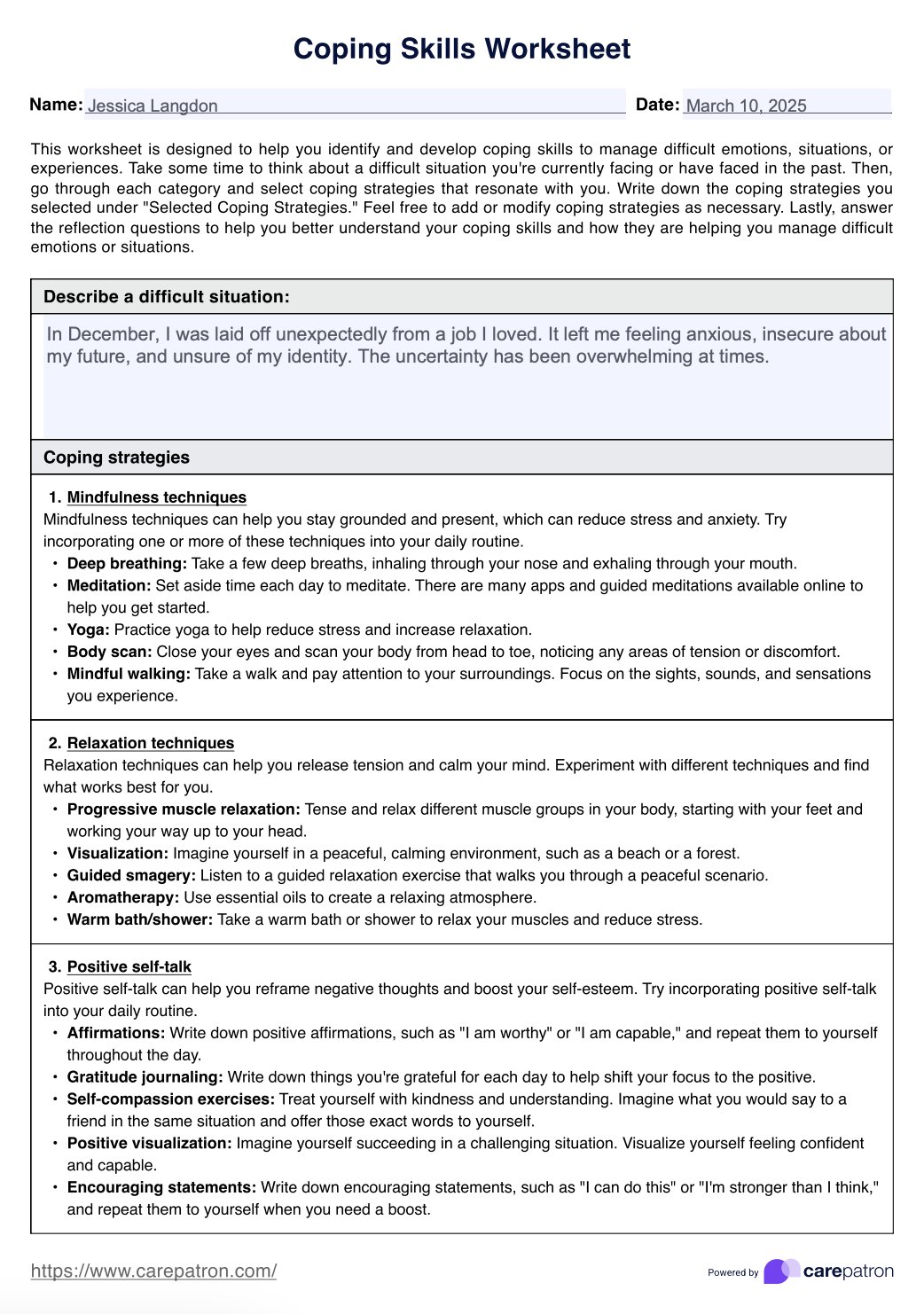















-template.jpg)





















































































